Monday 25 June
The early morning flight arrived at Malaga airport late and picking up the hire car took ages, so it was 1130 before I started the 200km-plus drive to Vejer de la Frontera. The journey was uneventful other than 2 Monk Parakeets near the airport and occasional Spotless Starlings and Crested Larks.
The prime target for today was Northern Bald Ibis (or Waldrapp) at the well-known roadside colony at Barca de Vejer, but when I arrived mid-afternoon, no sign! Presumably they had finished breeding. No sign either in fields between Barbate and Zahara de los Atunes, but plenty of swifts, including several Pallids and at least one Little Swift showing close and well. No swifts, however, near the lighthouse at Atlanterra, just good views of 3 Red-rumped Swallows, a Sardinian Warbler, and 2 or 3 Monarch butterflies. As I drove back out of Atlanterra, thinking that things were not going well, a single small, attenuated swift whizzed across – White-rumped! I tried the famous Cuevo del Moro at Bolonia in the hope of better views, but no joy; I did, however, add Alpine Swift, 2 Blue Rock Thrushes, and several Griffon Vultures. Back to Barca de Vejer, hoping that the Bald Ibises would come in to roost, and there they were – 8 of them! A contender for ugliest bird in the world, but globally rare, and quite bizarre (and wonderful) to see them just above a busy road.
A quick look back at Barca de Vejer at 0700 showed only one Waldrapp left on the cliffs, though another was circling. Next stop was Laguna de Medina, about 45 minutes’ drive north. I spent longer than planned here (c. 90 minutes), but it worked out very well, with good views of 4 Western Olivaceous Warblers, and plenty of Reed Warblers (a recent paper assigns Iberian birds to African Reed Warbler rather than European, so technically a Western Pal tick for me). Nightingales, Crested Larks, Sardinian Warblers, and Zitting Cisticolas were singing continually, and a gravelly Great Reed Warbler sang from a reed head, though the calling Stone Curlews remained invisible. From the hide I scoped the wildfowl on the lake, especially the coots, and was rewarded with one that, though distant, had a squared-off shield and red bumps on the crown – Crested Coot! Several White-headed Ducks and Black-necked Grebes too, plus a drake Ferruginous Duck, and on the walk back a male Common Waxbill showed well perched on a reed.
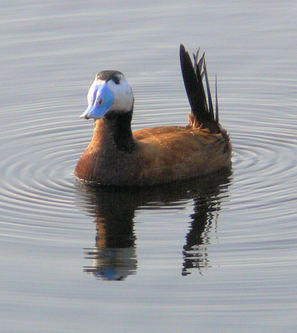 White-headed Duck Bonanza Pools - Photo John Cantelo
White-headed Duck Bonanza Pools - Photo John Cantelo 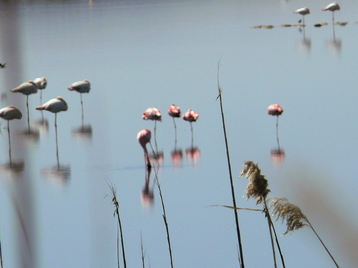 Lesser Flamingos - Fuente de Piedra 2009 - Photo John Cantelo
Lesser Flamingos - Fuente de Piedra 2009 - Photo John Cantelo I said goodbye at 0700 to the Hotel Molino de Saydo (highly recommended – great old building, good rooms and food, and very friendly, helpful staff). A short drive later I was at Laguna de Fuente de Piedra – the sheer spectacle of hundreds of Greater Flamingos, Black-winged Stilts, and breeding Gull-billed Terns is worth it in itself, and there were plenty of passerines too (Western Olivaceous Warbler, Nightingale, ‘Iberian’ Yellow Wagtail, Corn Bunting, etc.). The prime target here, though, was Lesser Flamingo, a Western Pal tick for me – regular at this site now, and I knew up to 3 had been seen recently. Two good sets of scope views, possibly of the same bird, in the near corner of the lagoon left of the viewpoint behind the visitor centre, and thankfully no issues with heat haze that early in the morning.
By 0900 it was time to pack the scope, use the automatic car wash in the nearby village of Humilladero to avoid any extra charges for ‘more than reasonable cleaning’, then drive the hour or so back to Malaga in time for my lunchtime flight. I arrived back at Bristol airport at c.1430, happy with a very successful short trip, including 4 lifers, 8 other Western Pal ticks, and a host of wonderful birding experiences.
| Species list (* - Heard only) 1. Great Crested Grebe 2. Little Grebe 3. Black-necked Grebe 4. Little Bittern 5. Black-crowned Night heron 6. Cattle Egret 7. Little Egret 8. Purple Heron 9. White Stork 10. Glossy Ibis 11. Northern Bald Ibis 12. Spoonbill 13. Greater Flamingo 14. Lesser Flamingo 15. Mallard 16. White-headed Duck 17. Marbled Duck 18. Red-crested Pochard 19. Pochard 20. Ferruginous Duck 21. Black Kite 22. Griffon Vulture 23. Buzzard 24. Kestrel 25. Lesser Kestrel 26. Red-legged Partridge 27. Moorhen 28. Coot 29. Crested Coot 30. Western Swamphen 31. Stone Curlew* 32. Black-winged Stilt 33. Avocet 34. Collared Pratincole 35. Little Ringed Plover 36. Lapwing 37. Green Sandpiper 38. Slender-billed Gull 39. Black-headed Gull 40. Yellow-legged Gull 41. Lesser Black-backed Gull 42. Gull-billed Tern 43. Little Tern 44. Whiskered Tern 45. Woodpigeon 46. Feral Pigeon 47. Turtle Dove | 48. Collared Dove 49. Little Owl* 50. Monk Parakeet 51. Red-necked Nightjar 52. Little Swift 53. White-rumped Swift 54. Alpine Swift 55. Pallid Swift 56. Common Swift 57. Bee-eater 58. Hoopoe 59. Iberian Green Woodpecker 60. Crested Lark 61. Sand Martin 62. Red-rumped Swallow 63. Swallow 64. House Martin 65. White Wagtail 66. ‘Iberian’ Yellow Wagtail 67. Nightingale 68. Rufous Bush Chat 69. Stonechat 70. Blue Rock Thrush 71. Blackbird 72. Savi’s Warbler* 73. Zitting Cisticola 74. Cetti’s Warbler 75. Great Reed Warbler 76. African Reed Warbler 77. Western Olivaceous Warbler 78. Blackcap* 79. Sardinian Warbler 80. Western Orphean Warbler* 81. Southern Grey Shrike 82. Spotless Starling 83. Jackdaw 84. Raven 85. House Sparrow 86. Common Waxbill 87. Black-headed Weaver 88. Yellow-crowned Bishop 89. Chaffinch 90. Serin* 91. Greenfinch 92. Goldfinch 93. Linnet 94. Corn Bunting |
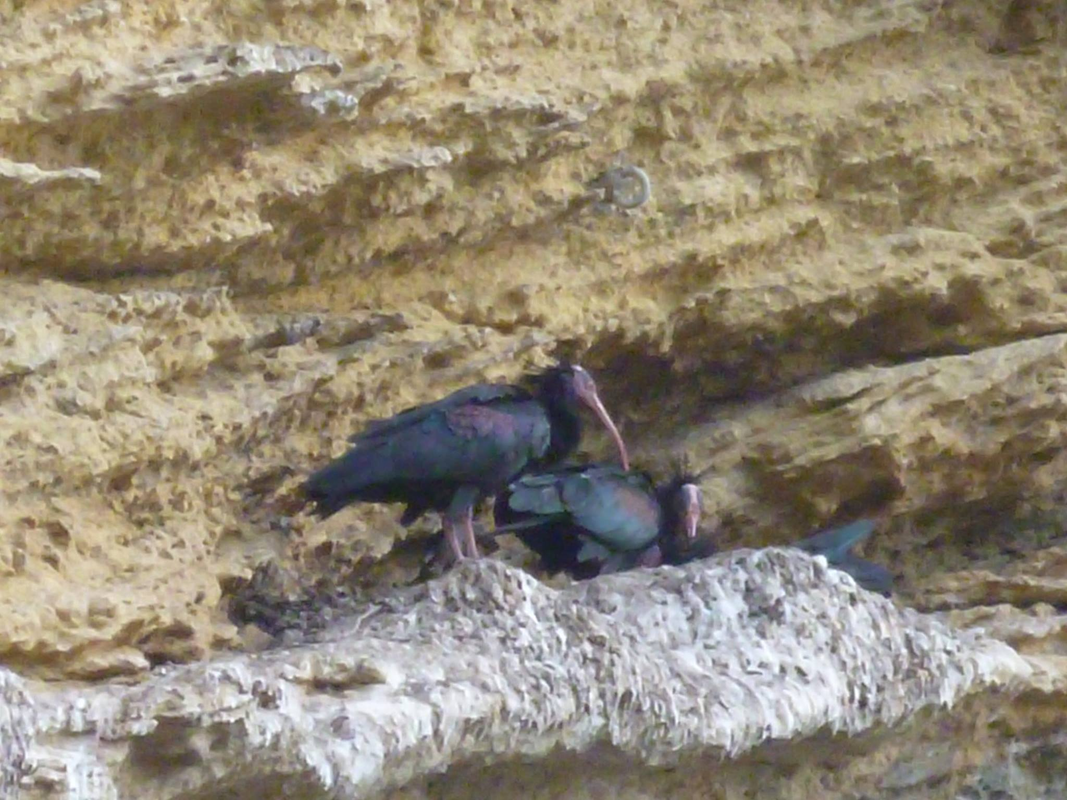
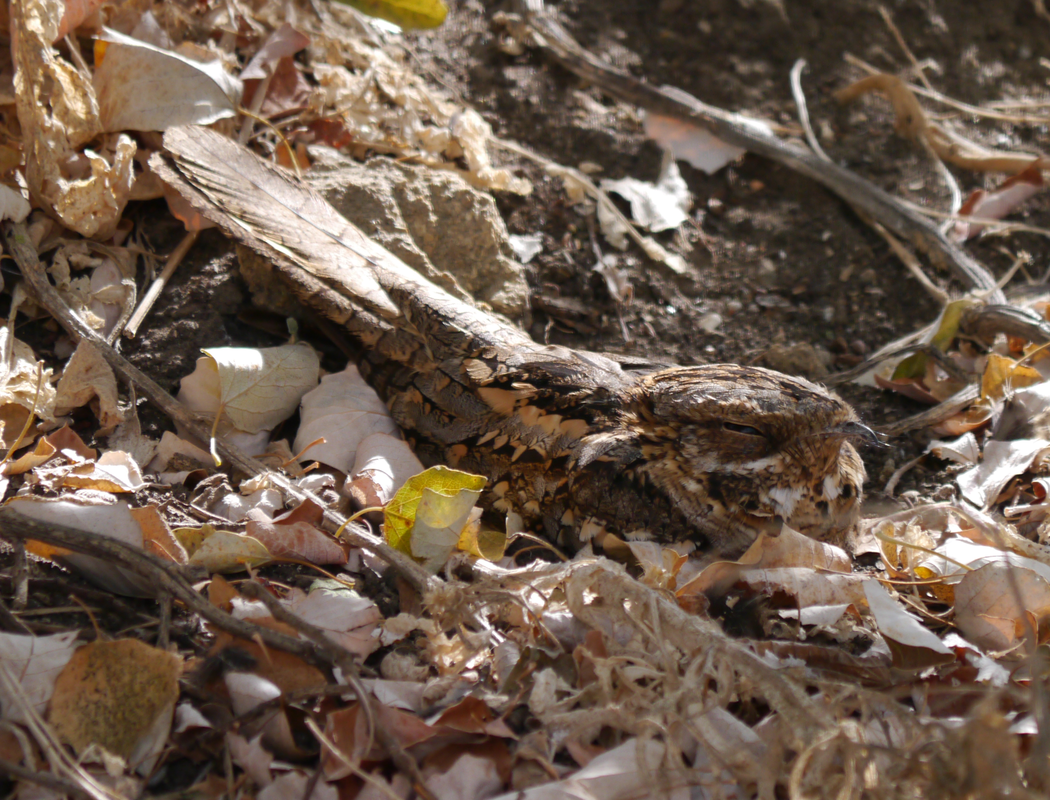
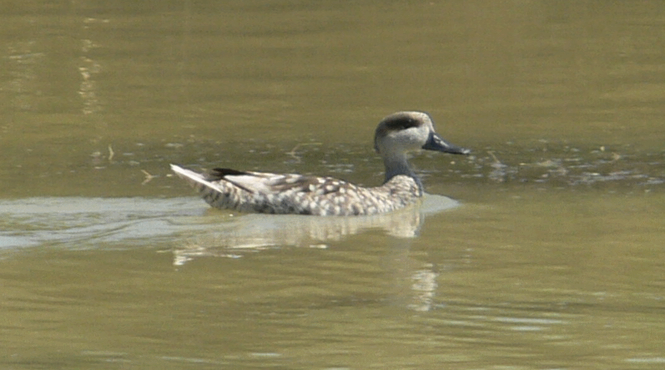
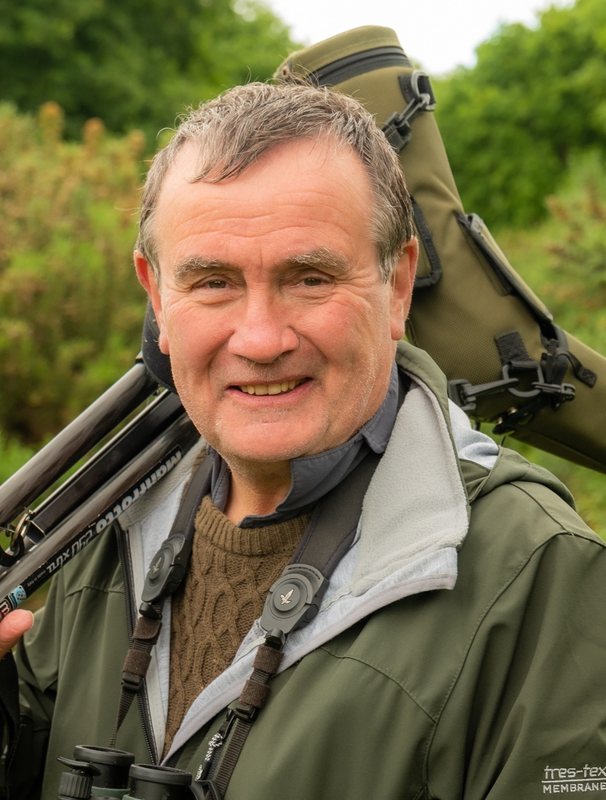
 RSS Feed
RSS Feed
